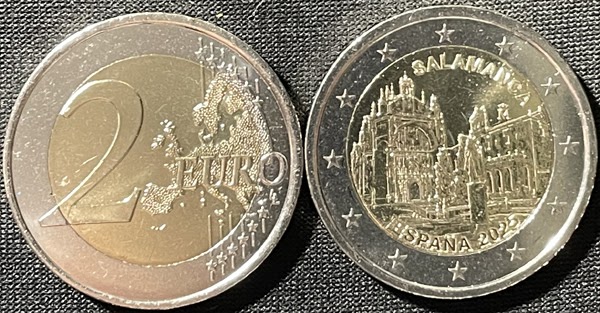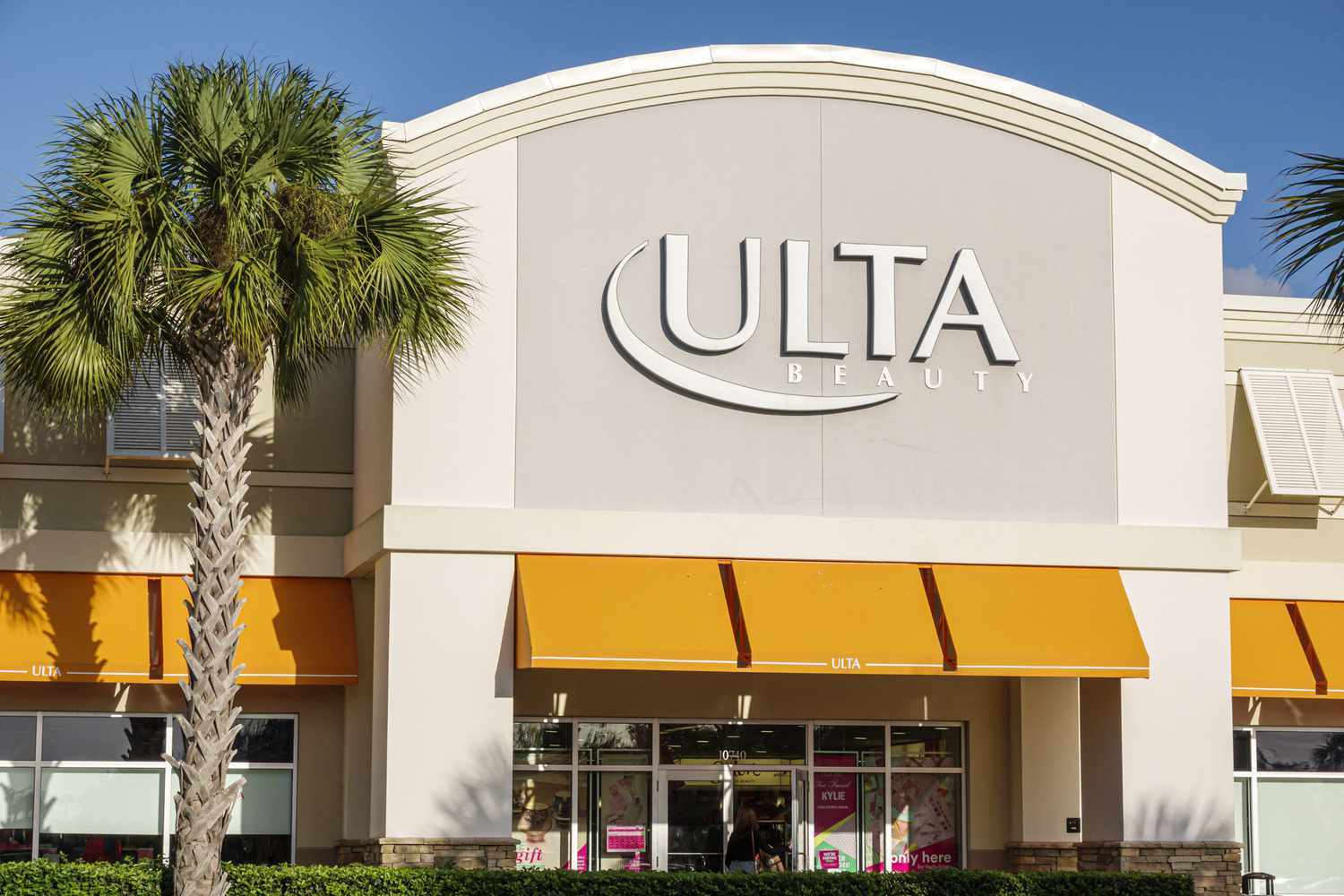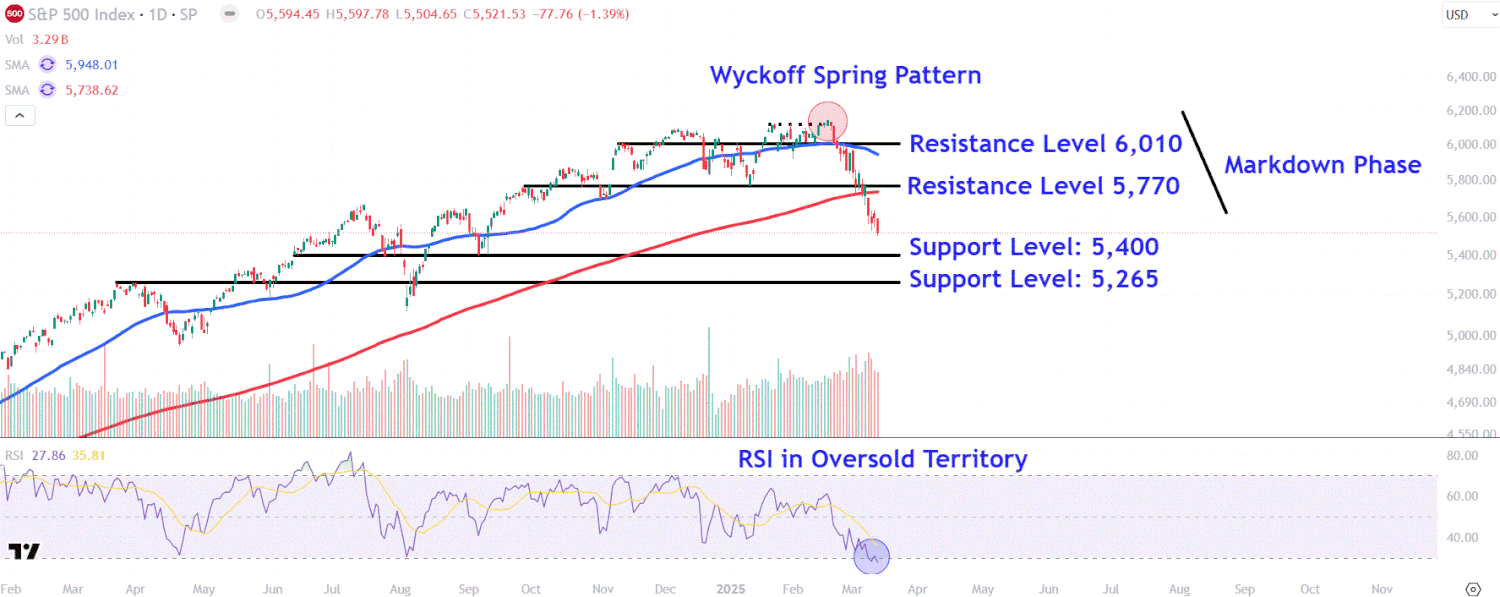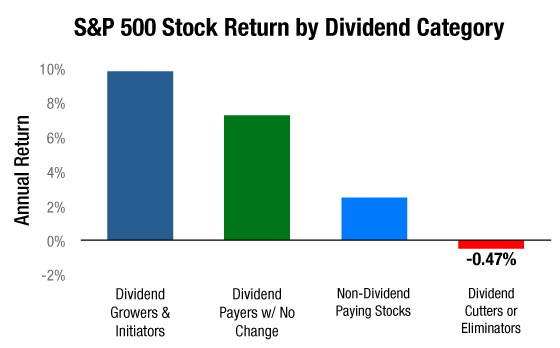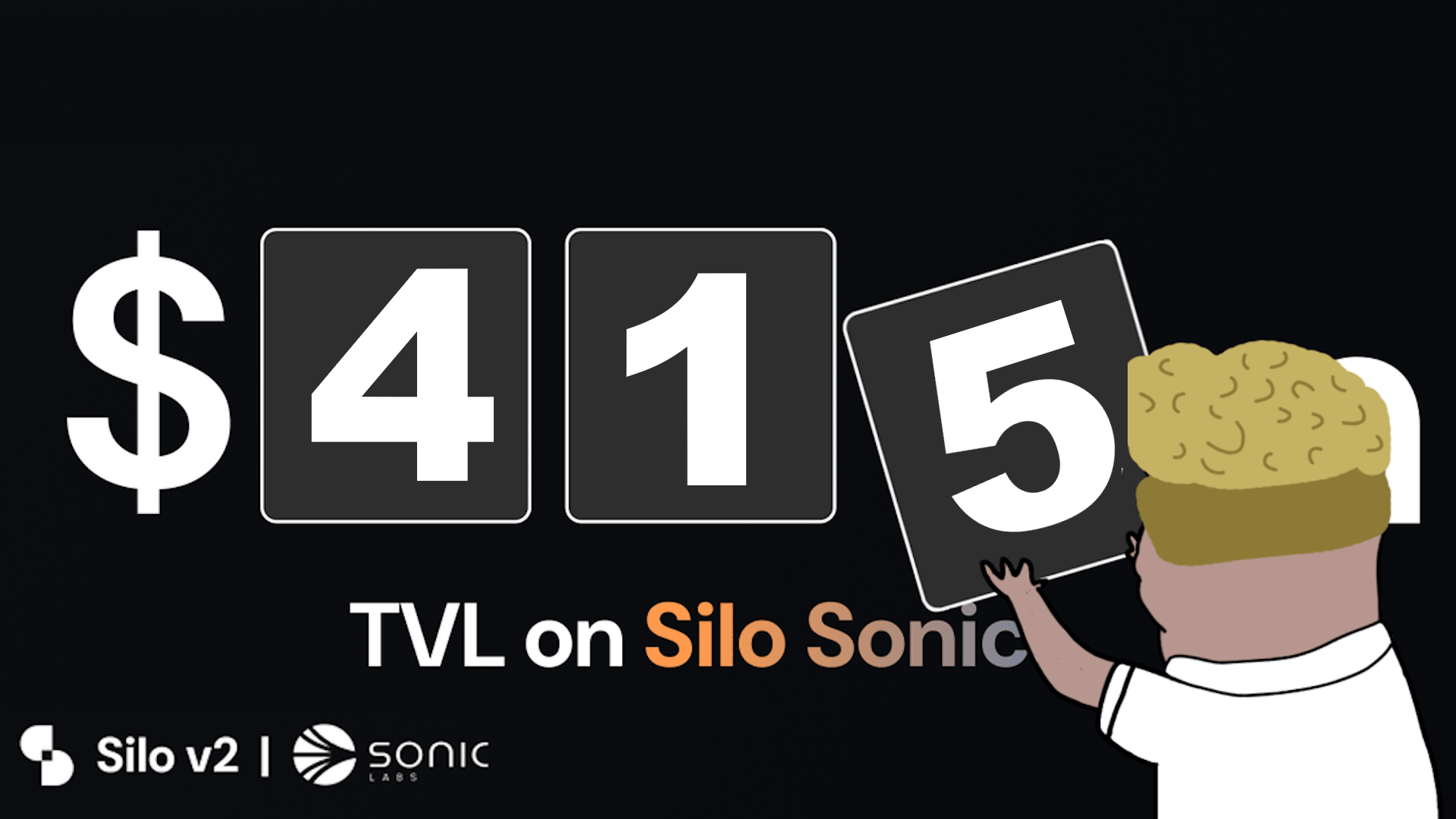Finding the few, elite dividend payers is all that’s truly important for growing wealth in the stock market
If you know nothing about the stock market except what I’ll explain here today, you’ll be a vastly better investor than almost everyone on Wall Street… or any MBA… or anyone on CNBC.
What I’m going to share with you is a “secret” in the sense that few people use it. It’s really an “open secret.” Nobody has it under lock and key. It’s hiding under an invisible blanket of common sense.
When you start putting this secret to work for you, you’ll “graduate” into a higher class of investor.
Right now, you’ve probably got some money in the stock market: You probably have a 401(k), an IRA, or an individual brokerage account.
Once you’ve invested some money, you probably started watching a little financial television. You probably read financial websites or a few investment magazines.
While reading and listening to financial media, you’re sure to encounter dozens of “gurus” who promote lots of different market strategies… and make lots of big predictions. You’re sure to see lots of news stories about the economy and the government.
It’s a lot to take in. It can all be very confusing.
And for 999 out of 1,000 people, it distracts them from what really leads to long-term success in stocks.
You see, the news you read in the paper or hear on CNBC is completely meaningless compared to the idea I’ll share with you now.
Most people watch the financial news and think they’re doing something important. They’re actually just wasting time and getting distracted from what’s truly important for making big, safe returns in the stock market.
And what’s truly important for growing wealth in stocks is the accumulation of elite, dividend-paying businesses purchased at reasonable prices.
That’s it.
It’s the most important idea.
It’s the “king” of all investment ideas.
It’s a thousand times more important than knowing what the economy is doing… or what the government is doing… or what’s happening in the news.
Again… what’s truly important for growing wealth in stocks is the accumulation of elite, dividend-paying businesses purchased at reasonable prices.
What is an elite business?
How can you find them?
And how can one safely and surely generate wealth for you?
The Traits of Elite Businesses
There’s no set definition of an “elite business.” But most smart people agree that elite businesses share some unique traits.
An elite business has a durable competitive advantage over its competitors.
For example, Wal-Mart (NYSE:WMT) has a durable competitive advantage because its huge global distribution network allows it to sell goods at unbeatably low prices. It’s very, very difficult for smaller firms to compete against it.
An elite business usually has an outstanding brand name. Coca-Cola (NYSE:KO) is a good example. People associate Coke’s logo and name with quality soda all over the world.
An elite business is often the largest business in its industry. When you run your business better than the competition, you usually can’t help but become the biggest. McDonald’s (NYSE:MCD) became America’s biggest fast food chain because it ran a better business than its competitors.
An elite business often sells “basic” products, like food, oil, soda, cigarettes, beer, mouthwash, razor blades and deodorant. These are things that don’t go out of style.
And here’s something you don’t often hear: Most of the truly elite businesses sell habit-forming, or even addictive, products.
If you look at the list of the 50 Best Stocks of All Time (July 1926 through December 2016), you’ll note many of them sold habit-forming products. It jumps right out at you.
For example, Philip Morris, rebranded a few years ago to Altria (NYSE:MO), is right near the top of the list — creating $470.2 billion of wealth in its lifetime. It sells cigarettes, which contain addictive nicotine.
Coca-Cola and PepsiCo (NASDAQ:PEP) are on the list. They sell soda… which is a sugar and caffeine delivery vehicle.
People love a little sugar rush. It’s habit forming… even addictive.
PepsiCo’s business includes Frito-Lay, and salty snacks stay strong even when sugar gets a backlash.
Many big drugstore brands are on the list. These names include Abbott Laboratories (NYSE:ABT) — whose products include Ensure nutrition drinks and Similac baby formula — Bristol-Myers Squibb (NYSE:BMY), Merck (NYSE:MRK) and Pfizer (NYSE:PFE).
People get very accustomed to filling a prescription, over and over. Much of the time, those drugs are useful, although sometimes they are not. And the same goes for your favorite brand of beer. I’m not saying these things are good or bad. I’m simply pointing out that people get very accustomed to them.
You can make the case that certain fast foods are addictive as well. Fast food companies load their food with fat, sugar and chemicals that make people want more. This is part of the reason McDonald’s has been such a corporate success.
The businesses I just mentioned produced more than 13% annual gains for over three decades.
Those returns are extraordinarily rare in the stock market. You won’t find anything better.
An investment of $25,000 in a tax-deferred account that grows 13% per year for 30 years grows to nearly one million dollars ($977,897).
Most companies can’t sustain 13% annual returns for more than five years. The businesses I just mentioned sustained those returns for decades.
And the reason why they did so well is simple…
Why Habit-Forming Products Are Such a Cash Cow
When people form a habit around a product, it goes a long way towards ensuring repeat business. People get used to certain brands, and they grow resistant to switching.
Also, when people get used to a product and the brand surrounding it, they are more likely to continue buying the product even if the price increases a little. Both of these help companies sustain long-term sales growth and healthy profit margins. That’s good for shareholders.
It’s also important to know that when these companies hit upon the right recipes or the right mix of whatever it takes to make good products, they don’t have to make large, ongoing investments in the business. They don’t have to spend tons of money on more research and development.
Once Coca-Cola hit upon Coke, it didn’t have to change it. The same goes for Budweiser and Hershey (NYSE:HSY) and Tootsie Roll (NYSE:TR).
When you develop a product that people love and develop habits around, you don’t tinker with it. You don’t have to spend a lot of money on new research and development. You don’t have to buy expensive high-tech equipment. You can instead spend that money on things that will provide a high return on investment, like marketing, distribution or manufacturing.
This means a larger percentage of revenues can be sent to shareholders.
Owning the world’s top sellers of basic (often habit-forming) products is also ideal for investing in high-growth emerging markets like China and India.
Combined, China and India have about 10 times the population of the United States. Many of those people are at the level of economic development of 1940s America… and they are getting a little richer every year. It’s one of the biggest investment opportunities in history.
To invest in this trend, I don’t want to try and guess what websites will get the most clicks… or what retailer will become popular. That’s a very difficult game to play. Those business landscapes will change rapidly.
On the other hand, I’m very confident those folks in China and India who are getting a little richer every year will want to enjoy the same habit-forming products Americans have enjoyed for decades.
They’ll want to consume more branded soda, cigarettes, beer, liquor and processed foods.
Owning elite, global businesses that serve those growing markets makes a lot of sense.
By the way… these global sellers of branded, habit-forming consumer goods are the kinds of businesses Warren Buffett, the greatest investor in history, always looks to buy. He’s a long-time owner of soda-maker Coca-Cola and candy maker See’s Candies.
My friend Neil George also owns several big-name, habit-forming brands in his portfolio for Profitable Investing — a portfolio that has a long track record of correctly timing (and profiting from) trends ranging from gold and real estate booms to income stocks. You can check out Neil’s latest findings at this link.
Regards,
Brian
P.S. Besides habit-forming products…there’s another key element that the best-performing stocks share.
